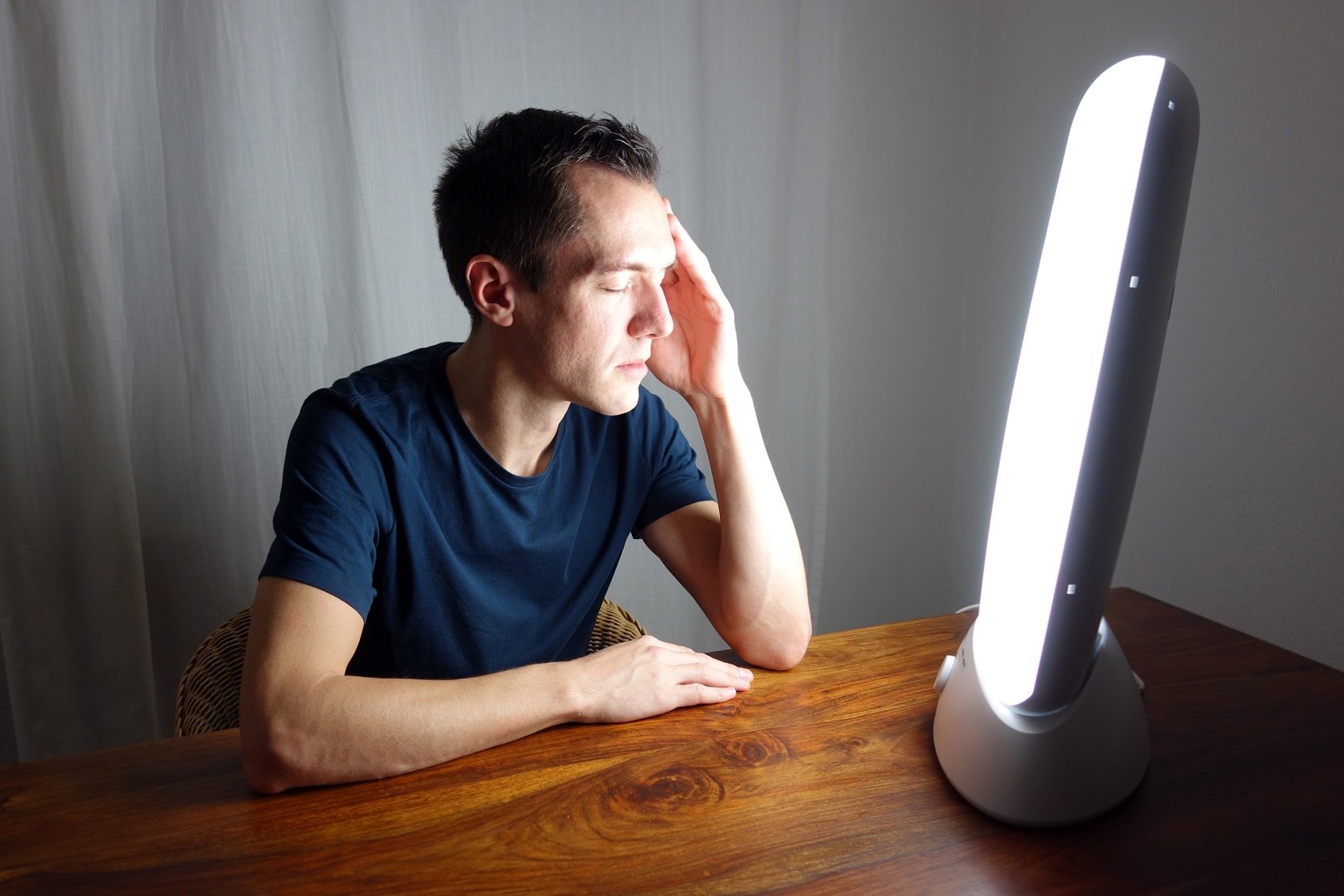As the days get shorter and temperatures colder here in the US, it’s normal to be a little grumpy. After all, who likes getting up in the dark or seeing daylight fade by 5 pm? However, Seasonal Affective Disorder (SAD) is more than having the winter blues—it is a form of depression linked to seasonal changes. SAD affects about 5% of adults in the U.S., with an additional 10% experiencing milder symptoms. Oftentimes, this disorder is never diagnosed.
Dr. Paul Desan, director of the Winter Depression Research Clinic at the Yale School of Medicine, says “Many people tend to feel a little worse in the winter, but for people with SAD, these changes are really severe, and they add up to what is equivalent to a clinical episode of major depression.”
SAD Symptoms
SAD is particularly prevalent during fall and winter when there's reduced sunlight, although it might last for as much as 40% of the year. Symptoms include mood changes, fatigue, increased carb cravings, and weight gain. Individuals with SAD may also experience feelings of despair, guilt, and worthlessness, tearfulness, anxiety, and a loss of interest in normal everyday activities.
Who is at Risk for SAD?
Research shows that SAD typically begins between the ages of 18 and 30. People of all races may get SAD and it affects women about three times more as men.
Because SAD is associated with light deprivation and disruptions in the body's natural rhythm during darker months, it is more common in northern latitudes. In addition to location, stress levels and individual susceptibility contribute to the impact of SAD. For example, if everything is going great in your life, you are probably less sensitive to the darkness of winter. However, if you have other major stressors in your life, you are more likely to experience SAD.
What to Do if You Have SAD (or Suspect You Do)
Person using a light box for SAD
Experiment with Light Therapy: Since the 1980s, light therapy has been used successfully to treat winter-pattern SAD. Use a light box that emits bright artificial light, especially in the morning. Exposing yourself to this light can help regulate your mood and alleviate SAD symptoms. See these guidelines from the Mayo Clinic on how to choose a light box.
Spend Time Outdoors: Maximize your exposure to natural light by spending time outdoors during daylight hours. Even on cloudy days, natural light can be beneficial.
Maintain a Healthy Lifestyle: Incorporate regular exercise, a balanced diet, and adequate sleep into your routine. Exercise and a healthy diet can positively impact mood and energy levels.
Seek Professional Help: Consult a mental health professional or doctor for an accurate diagnosis and tailored treatment. They might recommend therapy, medication, or a combination of approaches to manage SAD.
Consider Other Supportive Measures: Certain supplements, such as vitamin D, might be recommended by healthcare providers based on individual needs. Additionally, stress management techniques, mindfulness practices, and social support can also contribute to managing SAD symptoms effectively.
Top Takeaway
Too many people live with the debilitating effects of SAD when there are multiple ways to treat this disorder. If you are in doubt about whether you are experiencing SAD, check in with your primary care physician who may refer you to a specialist.


